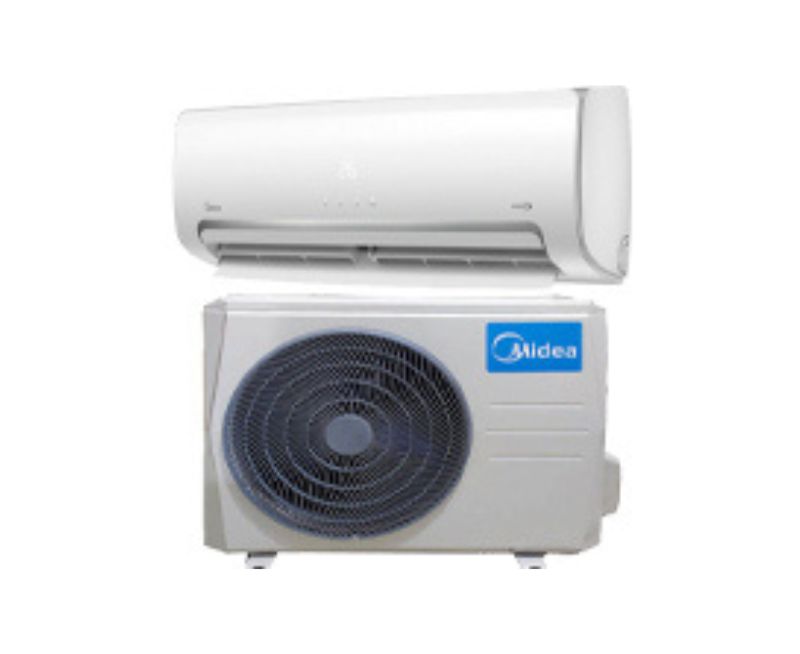Split AC
A split air conditioner (Split AC) is a popular type of air conditioning system commonly used for residential and small commercial applications. It consists of two main components: an indoor unit and an outdoor unit. Here’s an overview of split AC systems, their features, advantages, and considerations:
Components of a Split AC System:
- Indoor Unit:
- The indoor unit houses the cooling coil, air filter, and blower fan.
- It is typically installed inside the room or space to be cooled, mounted on a wall or suspended from a ceiling.
- Outdoor Unit:
- The outdoor unit contains the compressor, condenser coil, and expansion valve.
- It is installed outside the building, often on a bracket attached to the exterior wall or placed on the ground.
Operation:
Split AC systems operate on the refrigeration cycle principle:
- The compressor in the outdoor unit compresses the refrigerant gas, raising its temperature and pressure.
- The high-pressure gas flows to the outdoor unit’s condenser coil, where it releases heat and condenses into a liquid.
- The liquid refrigerant then passes through an expansion valve, reducing its pressure and temperature as it enters the indoor unit.
- Inside the indoor unit’s cooling coil, the refrigerant evaporates, absorbing heat from the indoor air.
- The cool air is then distributed back into the room by the indoor unit’s fan.
Features and Advantages:
- Quiet Operation: Split AC systems are designed for quiet operation, with the noisy compressor and condenser unit located outside the building.
- Efficiency: They are generally more energy-efficient compared to window air conditioners because they do not require an air exchange through the window and can have higher SEER (Seasonal Energy Efficiency Ratio) ratings.
- Space Saving: Split ACs are compact and do not take up floor space inside the room, making them suitable for smaller rooms or where aesthetics are important.
- Flexibility: They offer flexibility in installation, allowing for placement of the indoor unit in various locations within the room, provided there is proper access to the outdoor unit for piping.
- Cooling Capacity: Split AC systems come in various cooling capacities, suitable for different room sizes and cooling requirements.
Considerations:
- Installation: Split AC installation requires professional expertise to properly size and position both the indoor and outdoor units for optimal performance.
- Maintenance: Regular maintenance, including cleaning air filters and ensuring proper refrigerant levels, is essential to maintain efficiency and prolong the system’s lifespan.
- Cost: Initial installation costs can be higher compared to window units due to the need for professional installation and potential additional electrical work.
Applications:
Split AC systems are ideal for:
- Residential bedrooms, living rooms, and apartments
- Small offices and commercial spaces
- Server rooms or areas requiring precise temperature control
Summary:
Split AC systems provide efficient and quiet cooling solutions for residential and small commercial applications, offering flexibility in installation and operation. They are favored for their space-saving design, energy efficiency, and ability to provide comfort in diverse environments. For specific recommendations tailored to your needs, consulting with HVAC professionals or authorized dealers would ensure optimal system selection and installation.

